“Necessity is the mother of invention.” Keeping that adage in mind, we see that eCommerce undoubtedly impacts the traditional brick-and-mortar market. The question is whether online shopping is killing retail in physical form or forcing retailers to change the customer experience. As we will see, while some are put out of business by the likes of Amazon, others are learning new ways to thrive.
What Is Retailtainment?
Immersive customer experiences, or “retailtainment” as some call it, existed long before the eCommerce quandary. The Wild West was replete with “snake oil salesmen” like Clark Stanley, the Rattlesnake King.
This infamous swindler would roll into a boomtown and preach the virtues of healing oil he obtained from the Hopi Indians. Snake oil sales pitches might even include a few live “demonstrations” of healing. Of course, sales were off the charts after these immersive and engaging product displays.
Remember Willy Wonka and the Chocolate Factory? Chocolatiers like Ghiradelli in San Francisco have long used the idea of giving customers a tour of your confectionary process. Similarly, just a few hours north in Napa Valley, wineries offer long immersive tours to customers who will surely return home with a few bottles of vintage.
Then there are restaurants like Rainforest Cafe. Diners do not just walk in for food. They walk into a jungle of walls and ceilings covered in foliage. Tropical fish swim around the walls of the bar. Animal noises fill the air (perhaps adding a bit of romantic spice to the evening). And diners are funneled into an extensive gift shop while they wait for their table.
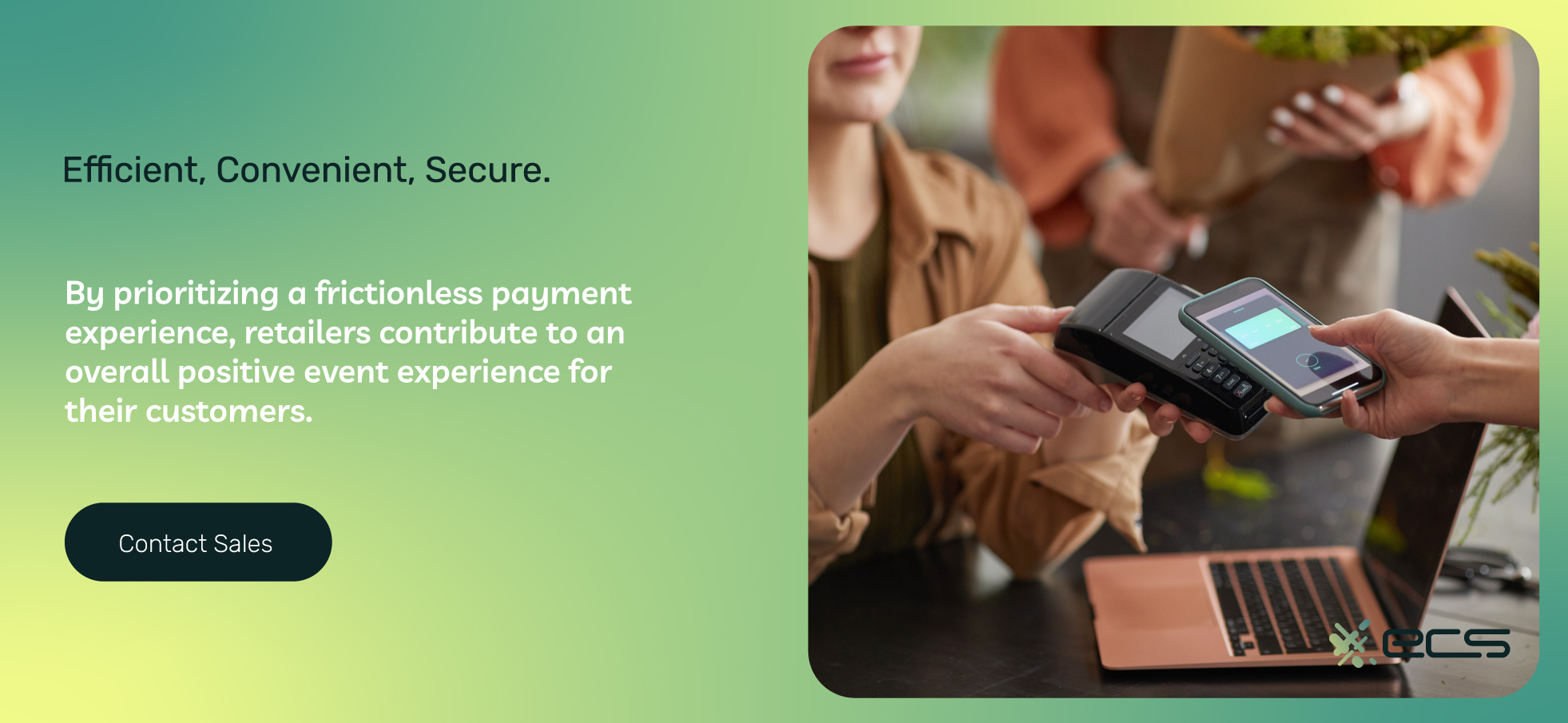
Do Retailers NEED To Create Experiences?
Do you need to cover the walls of your store with jungle foliage? Do you need to hire some oompa-loompas to operate the registers? Do you need to put on a top hat, twirl a mustache, and theatrically tout the virtues of the supplements on your shelves?
Maybe, maybe not. Let’s take a look.
Most stores have been able to conveniently ignore the need for customer experience. And some stores will continue to be able to ignore it by virtue of what they sell. Consumers will always need food, medicine, and toilet paper. Chains like Walgreens, CVS, and RiteAid thrive on short-term purchases and have little need for immersive customer experiences.
But this is not entirely true across the entire consumer staples sector. Stores like Wegmans, Whole Foods, and thousands of boutique independent grocers are specifically creating customer experiences. Hardwood floors, rustic brick walls, and old-world, village-like interior architectural embellishments turn Wegmans into a “marketplace” experience that differs from the white tiles and fluorescent lighting of a regular grocery store.
Certainly, all stores embrace the idea of thematic experiences during the Holiday Season. They put up wreaths, trees, and lights. Festive music fills the air. They may give away free samples. Retailers like Macy’s invite Santa Claus to take photographs with children between his cigarette and liquor breaks in the parking lot.
Successful Retailers Do Indeed Create Experiences
But what about the rest of the year? Is it imminently crucial for the retail industry to create shopping experiences for their customer base? Do retail stores need to create unique experiences to compete with online sales?
The answer to this question is most likely yes. But more than that, retailers should create immersive experiences, even if only to compete with other retailers. Successful retailers have long been aware of this fact in various product categories.
Think of some of your favorite places to eat throughout your life. One that might come to mind is McDonalds. The purveyor of sawdust-based burgers does several things to create memorable experiences for its diners, especially the young and impressionable ones. Happy Meals come in colorful boxes with a toy. Some restaurants have slides and ball pits.
Can these retail strategies apply to more sophisticated adult consumers? (no judgment on those who still collect Happy Meal toys). Yes indeed.
For many consumers, a favorite restaurant has a certain…je ne sais quois. It’s the ambiance of the place, created by everything from the decor on the walls to the music selection, the color of the tablecloths, and the menu itself.
Purchasing Is An Emotional Decision
Chain restaurants like Applebee’s and Chile’s have attempted to replicate the fusion of retailing and experience by putting lots of crap on the walls, some of it featuring the local fire department. They know that immersive experiences promote retail sales growth because they tap into the power of human emotion.
For most consumers, the decision to purchase something is emotionally driven. Specific consumer surveys have shown that only 20% of a purchasing decision is rational, while the other 80% is emotional. Positive emotions like comfort create long-term customer loyalty, leading to more future purchases.
Retail experiences can create positive consumer sentiment by immersing shoppers in unique events. The event is not necessarily a one-off presentation, demonstration, or party (although it can be). It might be as simple as entering the store.
Scandinavian brand IKEA has done a great job of creating immersive store experiences. Customers are guided upstairs to wander through a maze of decorated “rooms” that simulate home interiors. Every detail—the furnishings, accents, floors, and walls—has been thematically curated. It’s a much different experience than wandering the concrete floors of Lowes or Home Depot to pick out kitchen cabinets.
At the end of your journey, you are greeted with the aroma of their famous meatballs. Eating is an activity that many consumers associate with home and family. This end-of-shopping event is the cherry on top of an immersive experience that will activate an emotional desire to replicate the experience at home…by purchasing some IKEA furniture.
Is Main Street Circling The Drain?
Over the last ten years, it certainly has seemed like the physical retail market is in a death spiral. An average of 1,170 shopping malls around the United States closed every year from 2017 through 2022, compared to just 581 closures per year from 1986 to 2017. What accelerated the closure of malls over the last five years?
Obviously, the pandemic played a significant role. Lockdowns prompted a substantial increase in online shopping. Amazon and Walmart posted record sales and growth rates. Meanwhile, physical stores (particularly mall-based retailers) saw earnings dip as much as 256%.
Many brands shut their doors for good– like Pier1 Imports. And in the wake of the pandemic, several brands have continued to hemorrhage to a slow death. Supply chain disruptions have also prompted consumers to embrace the ease of ordering online.
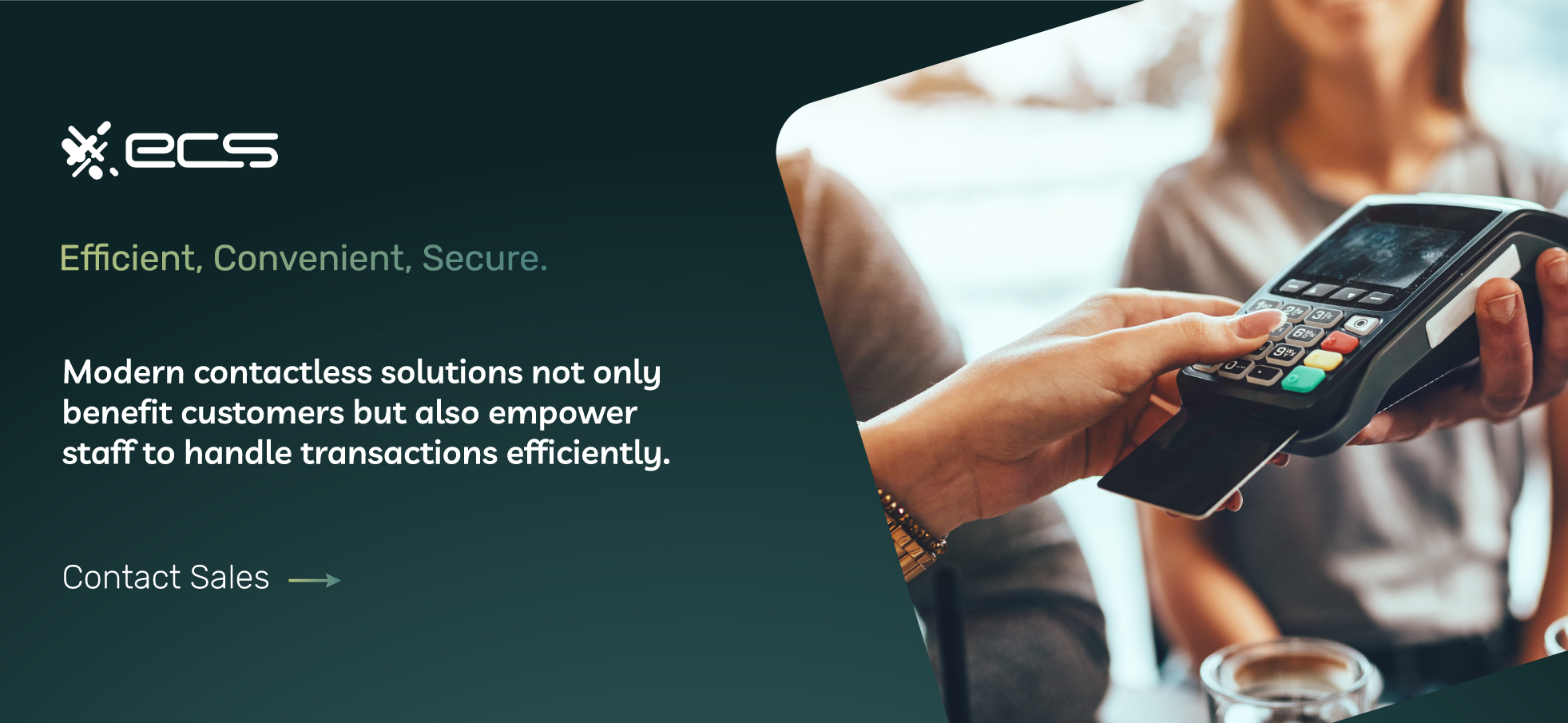
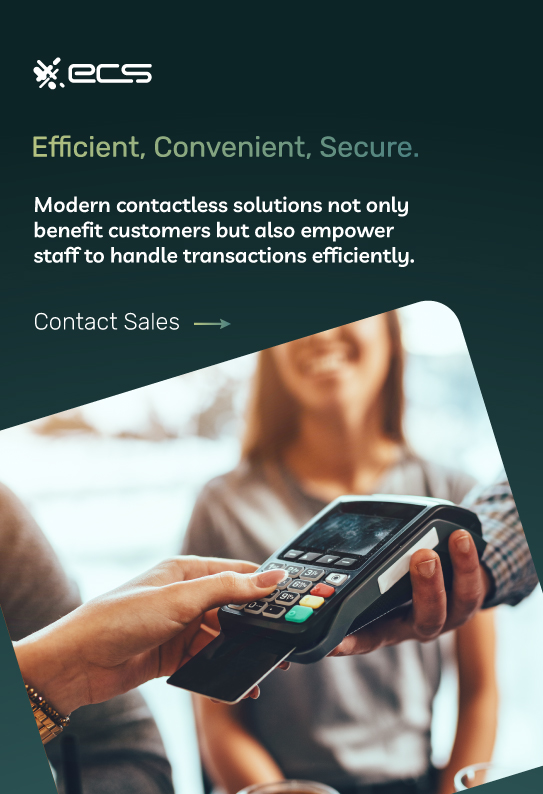
E-Commerce is Killing Retail Malls… Or Not?
But is brick-and-mortar retail really dead? While some malls have closed, others have been revitalized into mixed-use zones with condominiums, retail, and landscaping features. Cities like Coral Gables, Florida, are blocking off entire streets to make them pedestrian-only retail zones, much like the famous Third Street Promenade in Santa Monica.
This revitalization of retail spaces speaks to the consumer need for experiences. These retail zones are architecturally part of a “New Urbanism” movement seeking to create walkable spaces. The ideas are drawn from European cities, particularly those in Northern Italy. Some draw from the idealized “Main Street” of the American 20th century.
Customers shopping and dining in these spaces may even feel like they are in Florence, Italy, or Marceline, Missouri (one inspiration for Disney’s Main Street USA). For customers who live in the residential spaces above the retail, there may be a permanent “experiential” infusion into their lives. They may shop at the stores on the ground floor instead of ordering online because they enjoy the experience of a scalable, localized lifestyle.
Beyond this anecdotal evidence, numbers show that malls are having a resurgence. Mall occupancy increased to 95% in 2022 from a low of 92% in 2020. Traffic in top-tier malls (with more expensive retailers) increased 12% post-pandemic, while traffic in non-top-tier malls increased 10%.
Malls Shift Toward Experiential Design
Big-box retailers and department stores like Sears and JCPenney have closed thousands of stores, leaving those parts of the mall empty. But the “vision” of what a mall should and could be is already shifting from the traditional floor plan. These floorplans typically placed larger retailers at the end of the mall, filling the spaces between with boutique and smaller venues. A food court might animate the center of the mall.
American malls are now looking to recreate mall spaces along new lines, drawing some inspiration from mall revitalizations overseas (particularly in Asia). Malls are adopting experiential components that may even foster a sense of community, such as live performance venues and festival spaces.
Malls must rethink what to do with the empty spaces at their terminal points. Some of them are inviting a new type of tenant into the space, like music schools and gyms.
These moves indicate a shift in retail towards experience. It will be interesting to see how this experiential shift impacts total retail sales in physical spaces over the next ten years, particularly as naysayers expect 50,000 stores (almost 6% of the market) will close by 2026.
Is eCommerce Killing Retail Or Is Experience More Important to Customers?
How does customer experience measure against other concerns like wide product selection, customer service, and price? Retail sales figures do not always reveal customer sentiments. However, more profound research can gauge how customers feel about a given brand and how their feelings fit into the overall science of decision-making.
Around 62% of consumers said that pricing impacts their brand loyalty (or lack thereof), 57% said customer service and 50% said product or service. These numbers indicate that such fundamental cornerstones of customer interaction are indispensable.
Experiential retail should not be viewed as a replacement for such basics as value, service, and product availability. Instead, it should build on these basic expectations. As important as experience is for redefining retail and making a brand stand out, it cannot succeed if basic needs are unmet.
However, if a brand has these other pieces in place, it can now look to differentiate itself from online (and even other physical competitors). Let’s look at some of the more unique brand experiences that capture the market share of engaged consumers.
Online Retailers Aren’t Killing Retail, They’re Creating It
If anything can indicate the importance of experiential retail, it’s the fact that online retailers themselves are creating in-person retail experiences. One might find it ironic, but Amazon has entered the physical retail market with its own fleet of stores.
Amazon customers can already get everything they need online. So why should Amazon take on the overhead of opening actual stores? Some reasons relate to backend concerns, like combating the rise of shipping costs. But many others relate to customer experience.
Some Amazon stores have interactive displays that are themed along the lines of well-known social media influencers. These spaces are opportunities for shoppers to get more brand interaction, interlaced with immersion in the worlds of their favorite people.
These collaborations (between Amazon and influencers) aim to “offer a shopping experience that inspires discovery.” Amazon has attempted to achieve something of the like on its digital platform. However, the online retail giant also knows that human consumers hunger for in-person interaction and live experiences.
Netflix and Chill In A City Near You
Amazon is not the only retailer to dabble in brick-and-mortar presence. Netflix has created popup shops where viewers can purchase fan merchandise for their favorite shows and take selfies with life-sized models of the characters.
This is yet another ironic entry of an online vendor into the retail space through experiential retail. It’s ironic because streaming services like Netflix were the death knell for video rental places like Blockbuster. However, Netflix’s entrance into experiential popup spaces shows that curating such experiences is essential for brand impact.
Dozens of other online stores, from SHEIN to BarkShop to eBay, have created popup shops featuring product demonstrations, complimentary services, guest speakers, or even fun events where customers can shop with their pets.
The customer impact of these temporary retail experiences has been positive. 80% of retailers who set up a popup said it was a success, and nearly 60% plan on doing it again. Moreover, a brand’s physical presence also has some business impact in terms of online retail growth online retail growth.
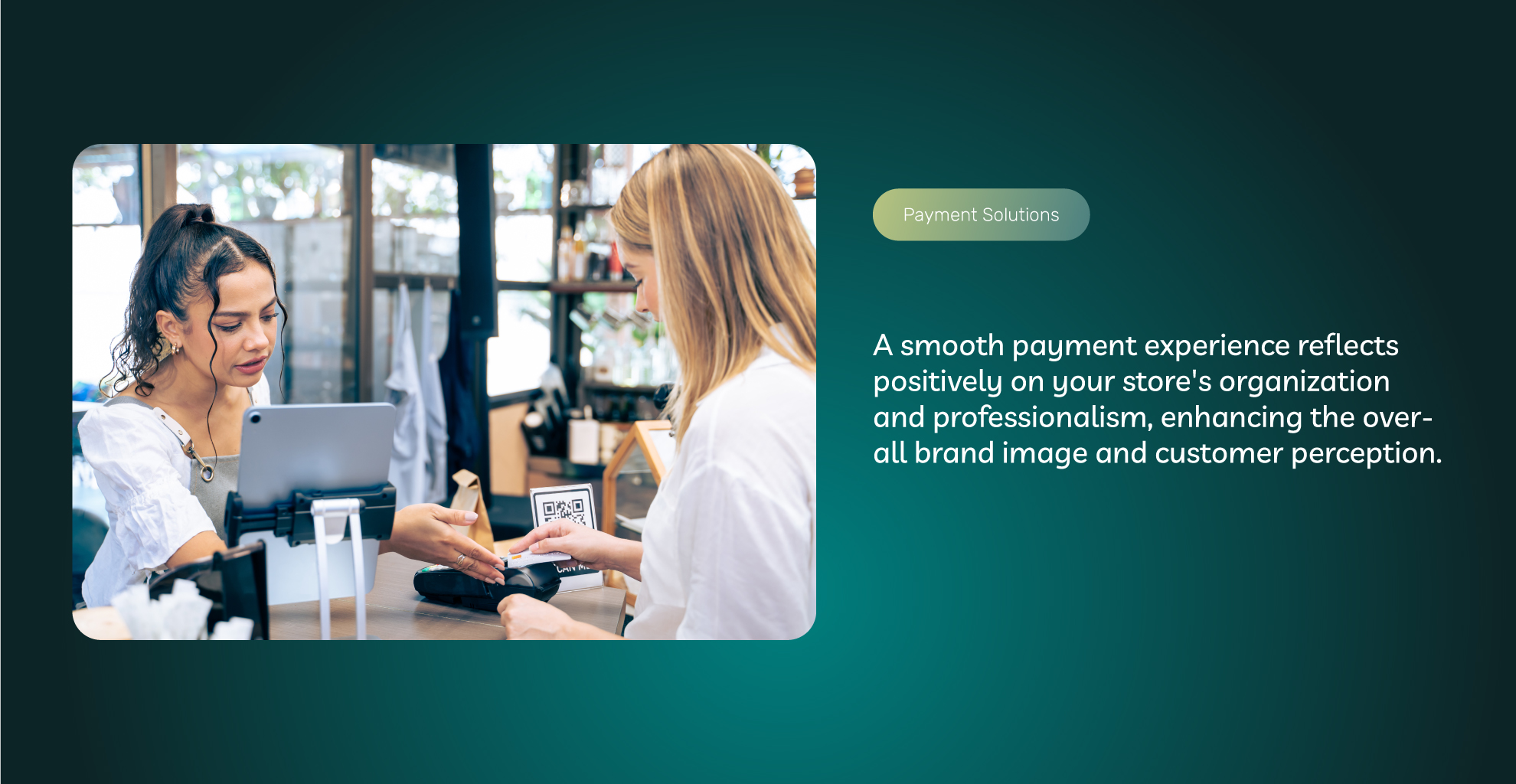
Physical Stores Create The Halo Effect
Marketing experts have observed an interesting phenomenon–the Halo Effect. They have seen that opening a brick-and-mortar location can increase online sales within a certain radius around the store. In other words, the physical presence of a brand creates a sort of halo of positive customer feedback that translates into online sales.
They also observed that the closure of a physical store resulted in a decrease in sales. Consumers view the brand’s closure as a sign of its overall poor viability, even if there is more to the story (e.g., one store had lousy management).
Consumers Live and Buy Online…And In Reality
Experiential retail can arguably amplify the power of the halo effect. In a world where virtual and augmented reality is increasingly common, consumers view life as a blend of digital and real-life experiences. A successful, well-done experiential retail space can build upon this perception of reality.
Consumers today have friends and family in the “real world,” but they also interact with those same people and dozens (perhaps hundreds) of others on social media platforms. They shop online but still in person (particularly for expensive items or items like clothes that need to be tried on).
There is almost an expectation that a brand will permeate all aspects of consumer existence (digital and “analog” real life), much like consumers expect a brand to exist on all their social media platforms: Facebook, Twitter, Instagram, and others.
Experimental Retail Shops
And now we are about to turn our entire argument on its head. Much of this conversation has come from the position that brick-and-mortar must “rebrand” with experiences to compete with digital vendors.
Metaverse Retail
But interestingly, some physical retailers are entering the digital space to compete with each other and online vendors. They are setting up stores in various “metaverses.” Metaverses are virtual reality ecosystems where participants mainly play games (think of Minecraft and Roblox). Sometimes, these universes are tied in with fintech applications like crypto investing.
Companies like Facebook and Google are hard at work creating their own universes that can be accessed with a VR headset. Imagine the following scenario: a consumer engaged in tasks in their respective metaverse (some sort of game, perhaps) decides to step into a digital “Walmart” to pick up some items they realize they need at home.
They “walk” the aisles of the store until they arrive at the toilet paper. Selecting their brand of choice, they make their way to register and pay using a credit card in their digital wallet. Their order has been placed (essentially online), and the toilet paper can be picked up curbside at a real Walmart or delivered to their home.
This is the first wave of metaverse retail. Now imagine that to stand out from competitors, retailers begin to adopt the same experiential attributes we’ve discussed above. However, because it’s a virtual reality universe, it is much easier to curate fantastic experiences.
We are only speaking hypothetically here, of course. But imagine the implications of gamification and experiential retail coming together. Brand names could have product release parties in the metaverse that would involve gaming elements.
But let’s return to earth, setting aside the fantastic implications of VR. As mentioned, stores have realized the importance of creating experiences.
Alpaca Petting Zoos
Retailer Paka is an online purveyor of clothing made from Alpaca wool. But they recently began setting up pop-shops that included more than clothing. Real live alpacas were there for customers to get a more immersive experience (e.g., a petting zoo).
VR TOMS Trips to Peru
Shoe brand TOMS created a popup where customers could don VR sets and “travel” to Peru to see Tom’s philanthropic One-For-One program. This event showcased TOMS’ dedication to social justice causes (e.g., fighting poverty), which consumers have shown increasing interest in, along with sustainability. But it also provided them with an unforgettable experience as they “strolled” through streets of villages thousands of miles away.
IKEA Sleepover
IKEA has already been praised for creating experiences year-round. But in addition to its designer showcases and meatballs, they have hosted contests where winners get to spend the night in IKEA. In one such contest, 1,000 winners spent the night in IKEA, with a sleep expert on hand to discuss how to choose a mattress based on sleep habits and body types.
Vans Basement Boarding
Vans are more than just sneakers. They are a fixture of the offbeat street culture that circulates around extreme sports like BMX and skateboarding. That’s evident at London’s House of Vans, a 30,000-square-foot building that houses a movie theater, cafe, live music venue, and a basement with concrete ramps and street courses. It’s an experience where skaters and bikers can shop, socialize, and show off their stunts.
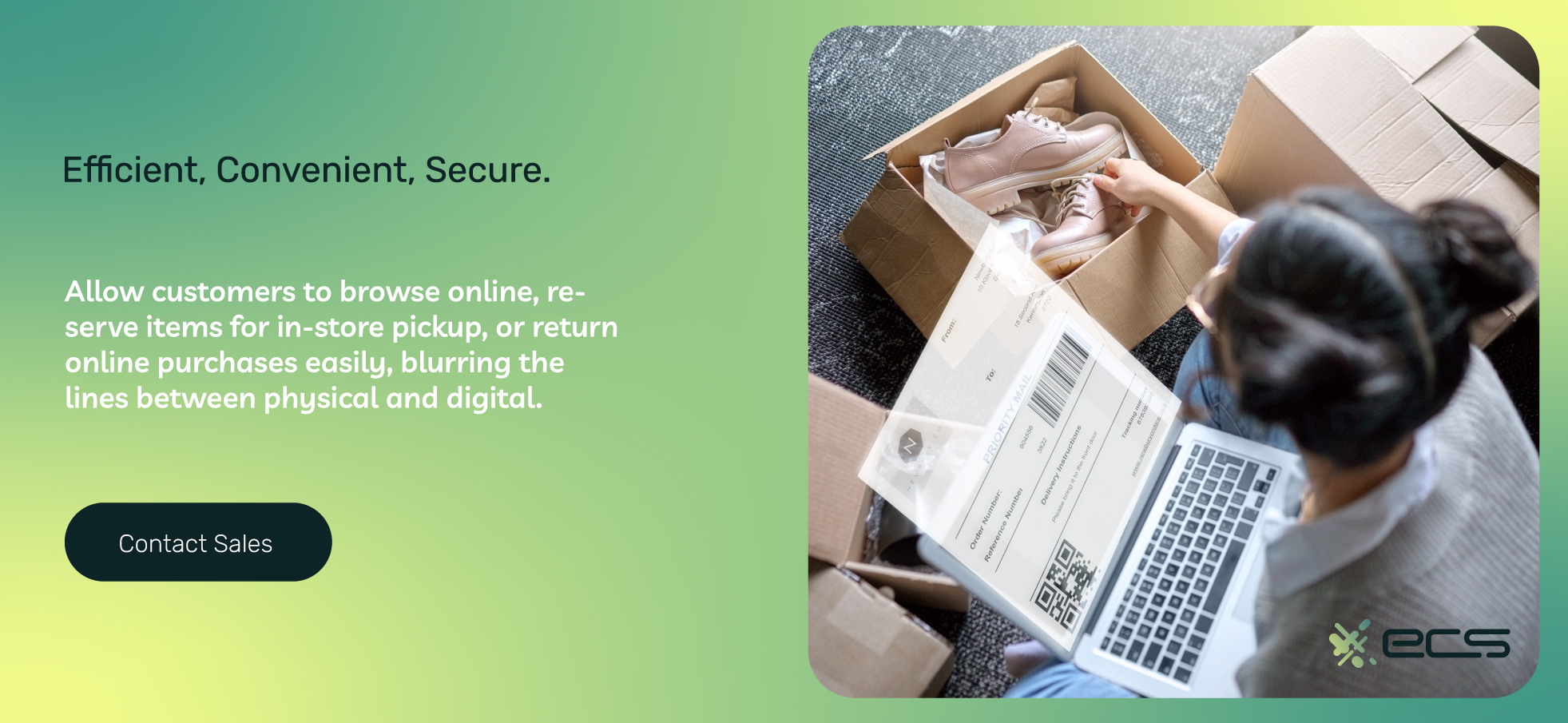
Clothing Store Community Centers and Restaurants
SpaceNinety8 is a spinoff of Urban Outfitters. Or rather, it is a “concept store” developed by Urban Outfitters in trendy Williamsburg, New York. In addition to selling clothes, SpaceNinety8 hosts yoga classes, art classes, and record signings by popular artists. In addition to these events, there is also a rooftop restaurant and bar.
Speaking of which, brand-name department stores have long used in-store eateries to curate an experience. In the Macy’s of Union Square, San Francisco, a Cheesecake Factory graces the top floor. Shopping and dining turn a trip for clothes into a fun all-afternoon or evening experience.
Other retailers like Urban Outfitters are capitalizing on this sentiment but going beyond the restaurant idea by offering events that would otherwise be totally unrelated to the retailer (e.g., the aforementioned yoga and art classes). They are transforming the store from a mere retail outlet into a community focal point.
How Can I Create a Retail Experience?
These examples are exciting. They turn a retailer into a destination for a unique experience. How can you infuse this kind of excitement into your own brand? The answer is that it really depends on what type of business you run and who your customers are.
Are you a restaurant owner? What about having an appetizer, wine, and paint night? If you donate a portion of the proceeds to a local charity, that can drive attendance as well.
Do you own a clothing store? What about hosting local artists for a gallery night or inviting a speaker to discuss a topic related to your typical shopper?
What about a Liquor store? Have a sampling with local vineyards. Sporting Goods Store? Get a yoga instructor to offer a free class, or invite your local AAA baseball team for a meet and greet.
Toy store? Create a section of the store for free play and have some days for customers to bring their kids in to socialize and try out new toys. Hire a magician to do a free magic show.
Some experiences hinge on creating ambiance. Some firms specialize in creating trade show booths and events. If this is outside of your budget, someone in your staff might have a creative penchant for party planning. Give them a budget and set them to work.
You don’t need to spend millions of dollars. You just need to get creative. Make it fun. Just don’t lose focus on your customer base and the types of things they are interested in.
So, Is E-Commerce Really Killing Retail?
Some pundits say eCommerce is killing retail at brick-and-mortar stores. Accepting this notion as dogma is probably an unhelpful attitude for business owners. A better approach would be to do what many retailers are doing: turning “main street” into a destination.
One aspect of a successful event is your payment processing software. If things get busy, you don’t want any technical difficulties cropping up. Having the latest contactless hardware can facilitate quick transactions that keep the lines short and the party going. Contact us to learn more by calling or filling out the form below.
Frequently Asked Questions About Retail Experiences
“Retailtainment” combines retail with entertainment for an immersive consumer experience. It can involve events, themed environments, and interactive displays. Enhanced customer experiences help retailers to compete in the changing retail landscape influenced by eCommerce, but it existed well before the rise of online shopping.
Immersive experiences are wonderful tools that can increase customer retention. However, not every type of retailer needs to implement them. Convenience stores are one example of a retail type that requires no need for customer experience upgrades. However, certain restaurants, clothing brands, or product stores may consider implementing immersion for a more competitive edge.
The rise of the COVID-19 pandemic triggered consumers to flock to online shopping. This led to the closure of many stores, especially entire malls.
However, malls also have been experiencing a comeback post-pandemic through revitalizing the spaces into mixed-use for retail, restaurant, residential, and entertainment outlets. E-commerce has created a challenge for in-person retail. But as a result, more immersive and memorable consumer experiences have developed.
Surprisingly, online retailers have also infiltrated the in-person space with popup shops and brick-and-mortar locations. They, too, want to jump on the experiential customer immersion trend and create more opportunities for different revenue streams. The “Halo Effect” suggests that a brand’s physical presence can positively influence online sales.
